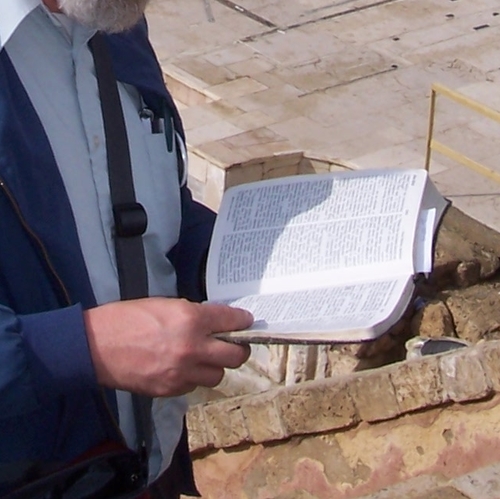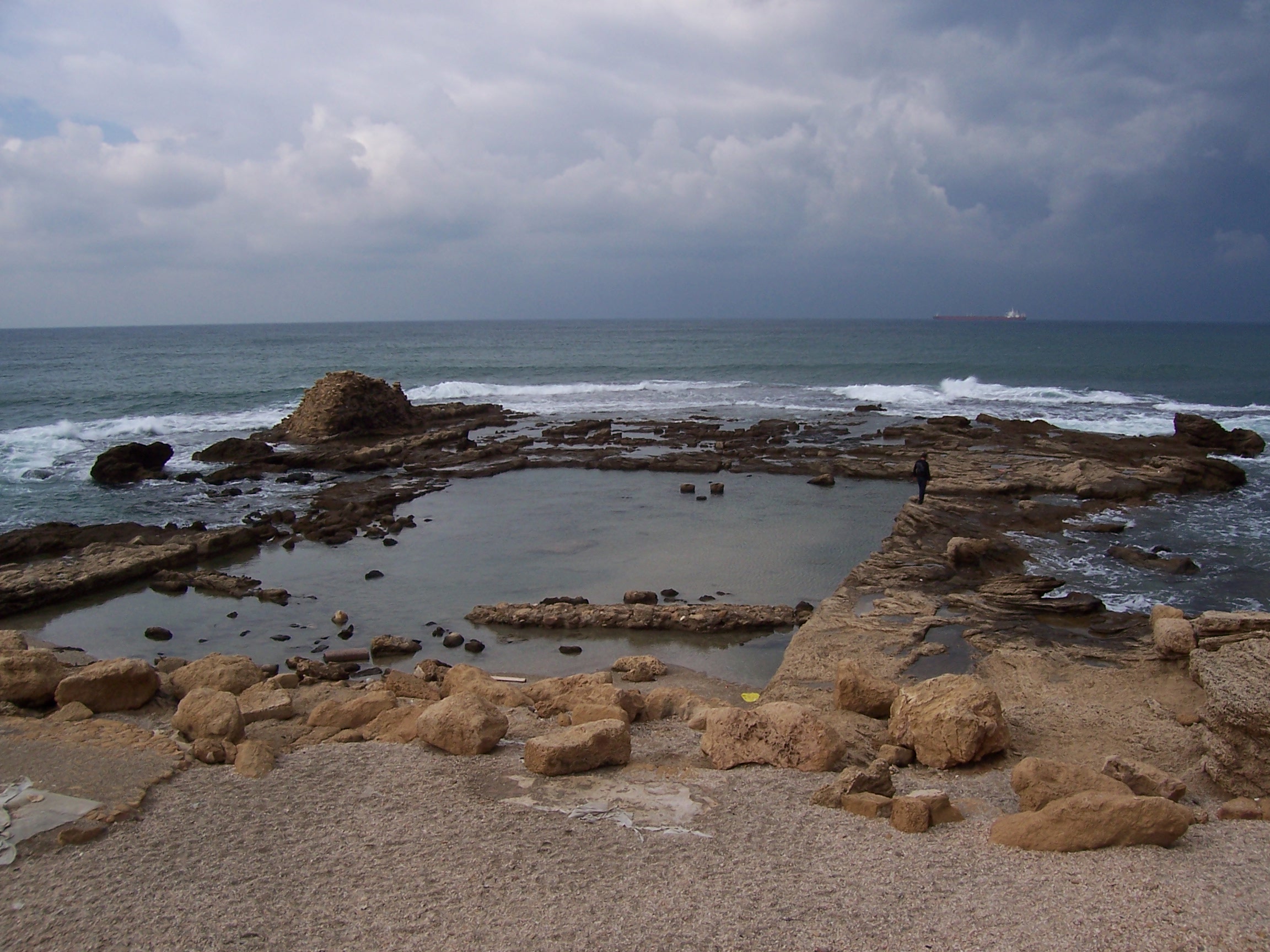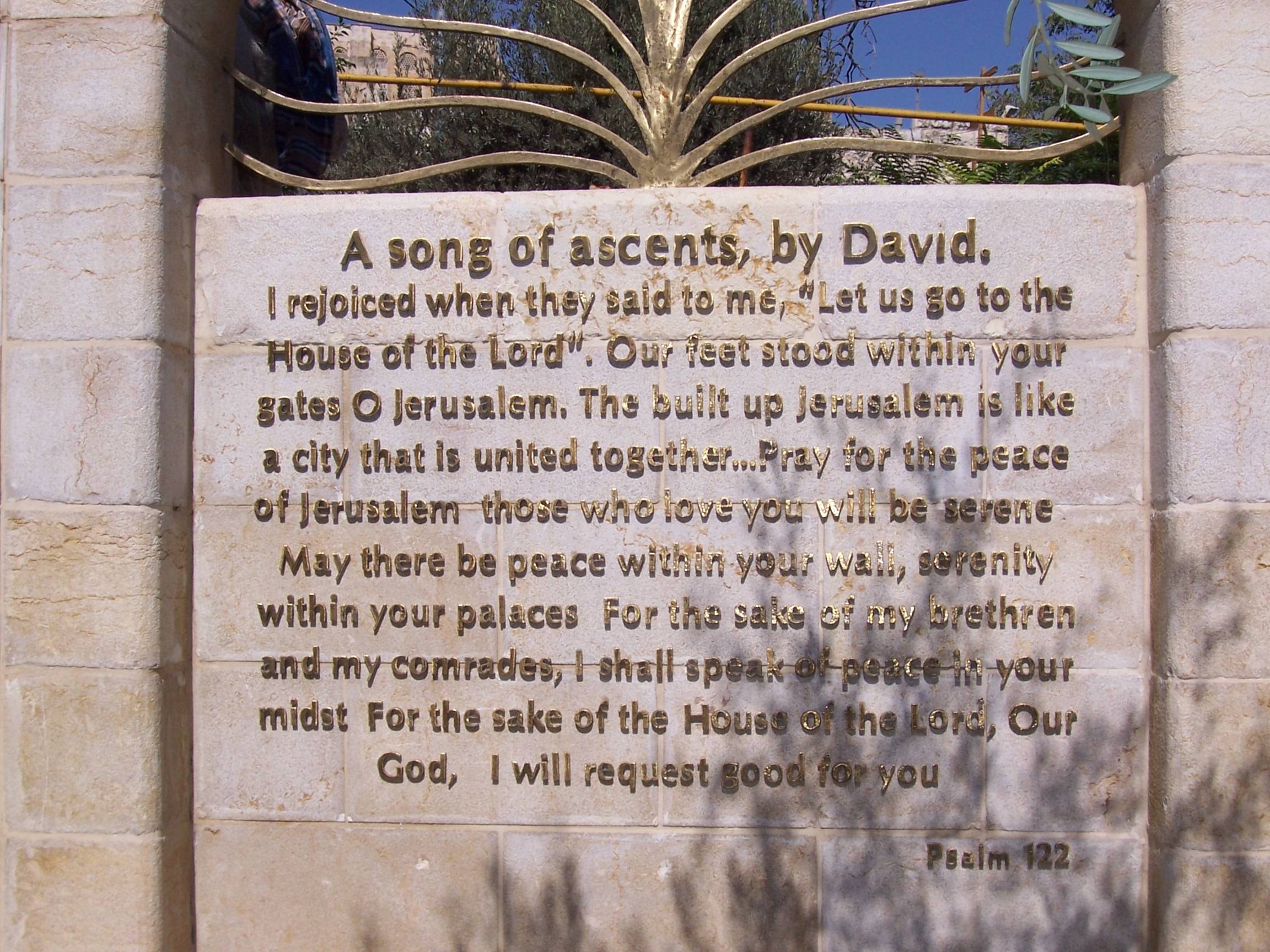Building the Bible





Caesarea is best known as the place where Paul departed from to trial and imprisonment in Rome (middle photo is of Herod the Great's 1st century swimming pool on the Mediterranean). Less known is the pivotal role that Caesarea would play in the development of our Bible today after the destruction of Jerusalem in 70 AD. The city would become home to the great library of Christianity, starting with Origen (in the late 2nd/early 3rd century as compiler of alternative manuscripts), Pamphilus (as Bible scholar), and then Eusebius (as early church historian of the 4th century). Last but not least, there's Jerusalem - looking up from the City of David toward the temple mount above.
What we know today as the Old and New Testaments did not just happen. Most of us have our own opinions as to what the Bible represents. But do we know when or why these books were written, or how this compilation of disparate works was assembled and accepted as the authoritative source for current and future generations?
Surprisingly, there is little in the way of either mainstream or evangelical literature widely available on the topic of the historical origins of the modern Bible. Divine inspiration may be claimed. However, the canon we know today is a collection of disparate manuscripts composed, edited, copied and translated by human hands.
Errors of omission and commission could be and were made. Deciding what authors and books would be in or out of the holy scriptures was no simple matter.
Athanasius, as the great defender of the Nicene Creed, was the first person to identify the same 27 books of the New Testament that are in use today. In the 4th century AD, he also threatened to withhold Egyptian grain from the rest of the Roman Empire. He would be exiled for overtly political actions for 17 years spread across five exiles ordered by four different Roman Emperors.
In the 16th century, the protestant Martin Luther questioned the canonicity of New Testament books including Hebrews, James (in particular), Jude and Revelation as being of inferior worth, not belonging to “the true and certain chief books of the New Testament.”
Traditional Christian scholarship of the last two millennia has started with the Bible and then interpreted history from a biblical foundation. The traditionalist starts with Adam and ends with the apocalypse attributed to John.
Our approach turns this scheme of traditional Christian scholarship on its head. We start with the historical setting, then interpret development of a Holy Bible within the imperatives of the early Christian culture. We look at the historical context in which the New Testament was created, then at the New Testament itself, then finally work our way back to the Old.
Click on Building the Bible for the full ~120 page manuscript (in pdf file format). Or visit the Academy page to check out this and other publications available at no charge as electronic pdf files.